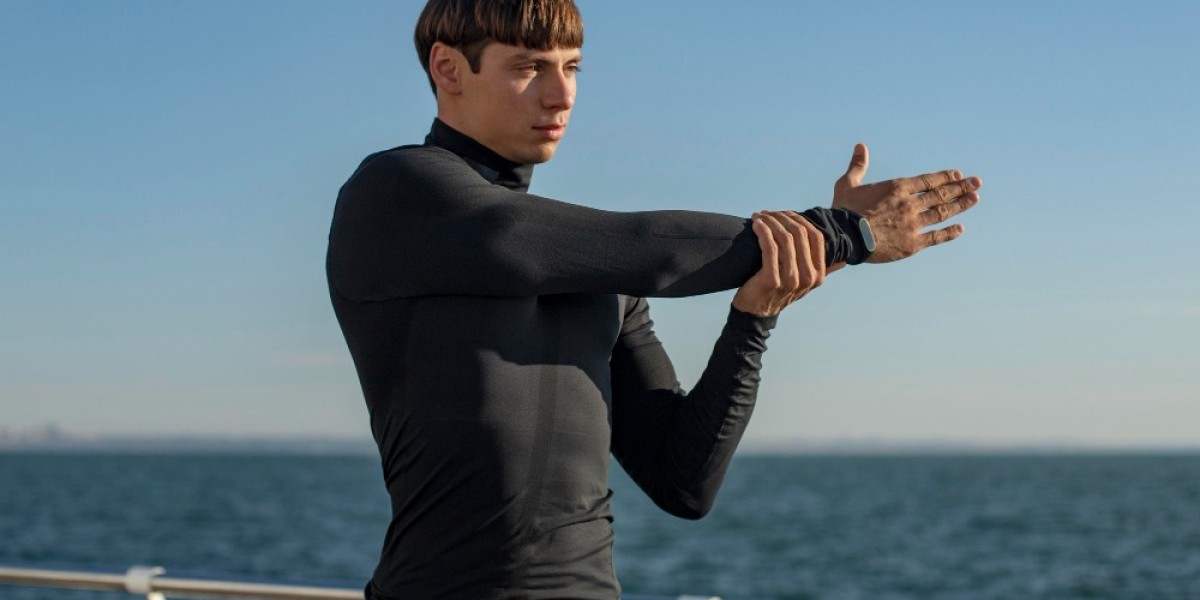A rashguard is designed to protect your skin from harsh sun rays, saltwater, and irritation while giving you extra comfort in the water. However, many people face unexpected issues when wearing one, such as tightness, overheating, or chafing. Instead of offering protection, a poorly chosen rashguard can become a source of frustration. Let’s look at the most common pain points and how to solve them with the right choice.
Rashguards That Feel Too Tight
A common complaint is that rashguards feel restrictive and uncomfortable. Since they are meant to fit snugly, many users mistake the tightness for poor sizing. However, overly tight fabric can limit mobility and make swimming less enjoyable.
Solution: Select a rashguard with stretchable, high-quality spandex or nylon blends. Look for styles that balance compression with flexibility so you can move freely without discomfort.
Overheating in Warm Weather
While rashguards are excellent for sun protection, some fabrics can trap heat and make you feel sweaty, especially in hot climates. This can ruin your beach or surfing session.
Solution: Choose lightweight rashguards with moisture-wicking and quick-dry features. Short-sleeve designs or ventilated panels are also helpful for hot-weather conditions.
Chafing and Skin Irritation
Ironically, one of the biggest pain points is the very problem rashguards are meant to prevent—skin irritation. Rough seams, low-quality stitching, or poor fabric choices can cause rashes instead of preventing them.
Solution: Always opt for rashguards with flatlock seams and smooth, breathable materials. A soft inner lining can also help reduce friction and irritation.
Limited Sun Protection
Many people assume all rashguards provide maximum UV protection, but that isn’t always true. Low-quality options may not block enough harmful rays, leaving your skin vulnerable.
Solution: Look for UPF 50+ rated rashguards, which provide the highest level of UV protection. This ensures your skin stays safe even during long hours under the sun.
Style vs. Function Dilemma
Some swimmers feel that rashguards look too sporty or plain, making them hesitate to wear one despite the benefits. On the other hand, choosing style over function can leave you with less durability and weaker protection.
Solution: Modern rashguards come in trendy colors, sleek cuts, and versatile designs that combine fashion with functionality. Pick one that complements your swimwear while still offering the performance you need.
Durability Concerns
Cheap rashguards often lose shape, stretch out, or fade quickly after exposure to chlorine and saltwater. This short lifespan makes them less cost-effective in the long run.
Solution: Invest in durable rashguards made from chlorine-resistant, fade-proof fabrics. Proper care, like rinsing after each use and air-drying, also helps maintain their shape and longevity.
Conclusion
A rashguard should be your shield against the sun, surf, and skin irritation—not another source of discomfort. By choosing high-quality fabrics, correct sizing, and UV-protected designs, you can enjoy full comfort and protection. The right rashguard makes your beach, surf, or pool experience safer, more enjoyable, and worry-free.








